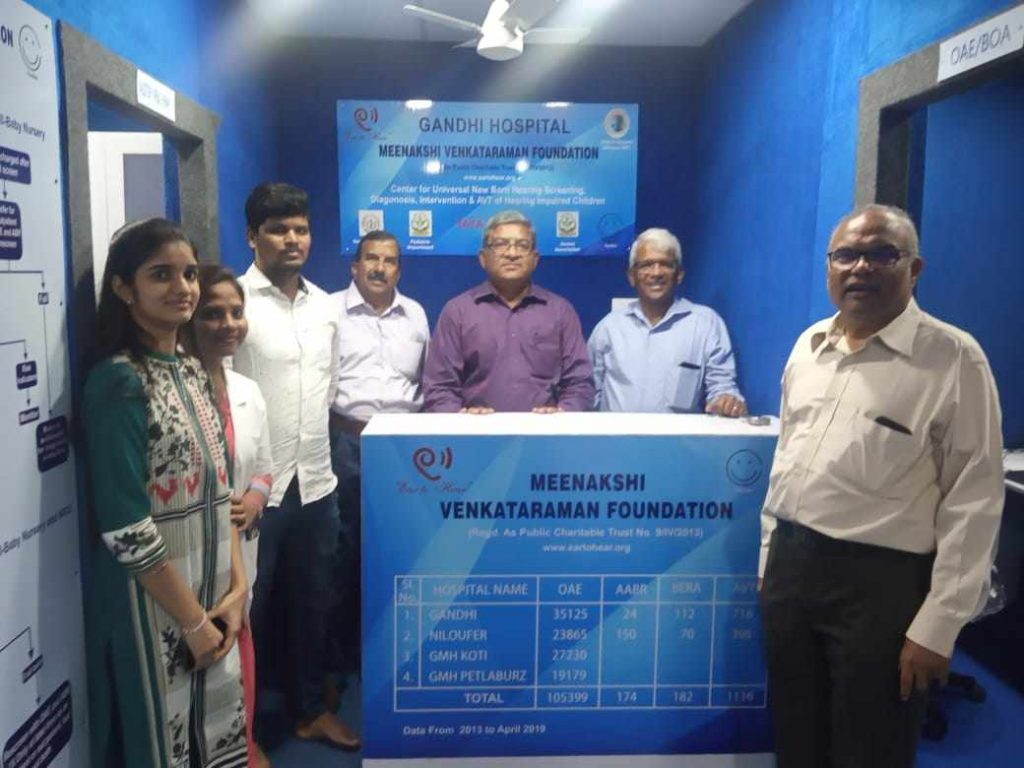As children grow, different hearing tests will be used.
Birth to 6 Months of Age
Auditory brainstem response (ABR) testing is the best test available for newborns and infants up to 6 months of age that can provide information about the softest level of sound the ear can hear.
ABR testing gives information about the amount of hearing loss that is present at different pitches. This is also known as “Frequency-Specific ABR”. For babies up to five months of age, ABR testing can be attempted while a baby is sleeping naturally.
Sounds are played to the baby’s ears and band-aid like electrodes are placed on the baby’s head to detect responses. Sounds are presented to the ears using small earphones. The electrodes pick up responses from the hearing nerve and a computer measures the responses to identify babies who have a hearing loss.
Infants and Toddlers (6 months – 2 years)
Visual Reinforcement Audiometry (VRA) tests provide information about a child’s hearing in both ears across different pitches. Sounds are presented through earphones or a loudspeaker and the child responds by looking at animated toys or videos that are paired with the sounds. Test results are graphed on an audiogram.
Young Children and Preschoolers (2 – 5 years)
Conditioned Play Audiometry (CPA) tests provide information about a child’s hearing across pitches in both ears. With this technique, the children perform a game-like activity every time a sound is heard. For example, the child is prompted to drop a block in a bucket when a sound is heard. Sounds are usually presented through earphones and results are graphed on an audiogram.
